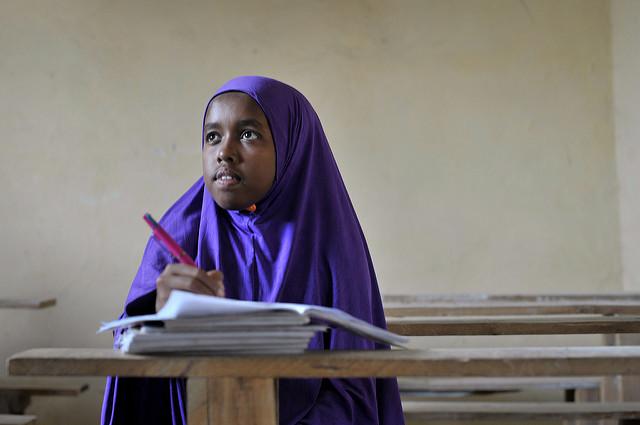Education for Somali Women: Rebuilding a Nation
Education is a fundamental right, yet for many Somali women, this right has been persistently denied. In a nation plagued by decades of civil conflict and instability, the path to education has been rugged and fraught with challenges. However, there is a growing movement within Somalia emphasizing the importance of female education as a catalyst for national rebuilding.
The Historical Context of Somali Women’s Education
Historically, Somali women have faced substantial barriers to education, often sidelined by societal norms that prioritize male education. Cultural practices and economic constraints have restricted their access to schools and higher learning opportunities. Yet, as the nation seeks to stabilize and develop, the role of women in education becomes increasingly critical.
The Importance of Education in Empowering Women
Education empowers women, enabling them to contribute to their families and communities economically and socially. Educated women are more likely to participate in the workforce, leading to improved household incomes and reduced poverty levels. Investing in the education of Somali women is not just a personal benefit; it’s a strategy for broad national rejuvenation.
Current Initiatives and Progress
Various organizations and grassroots movements are working tirelessly to promote the education of Somali women. Initiatives focus on creating safe learning environments, providing scholarships, and training female teachers. For further insight into efforts made for Somali women’s education, visit this informative article.
The Role of Technology in Education
The integration of technology in education has opened new avenues for Somali women. Online learning platforms and mobile education initiatives allow women to access educational resources that were previously out of reach. This shift towards digital education is helping to break down geographical and societal barriers.
The Future Outlook: Challenges and Hope
While significant progress has been made, challenges remain in achieving universal education for Somali women. Issues such as poverty, early marriage, and ongoing conflict still impede progress. Nevertheless, the hope for a more educated female population in Somalia shines bright, as more stakeholders recognize the importance of investing in women’s education.
Conclusion
Rebuilding Somalia requires a comprehensive approach, and education for women stands at the forefront of this rebuilding process. By prioritizing education, the nation can pave the way for healthier families, economies, and communities. Ultimately, empowering Somali women through education is not merely an investment in the individual; it’s a crucial step toward a brighter future for the entire nation.

